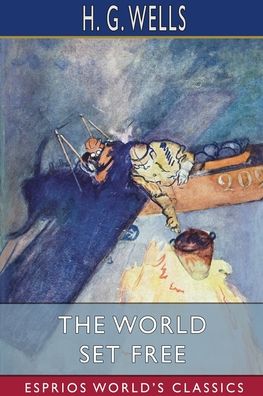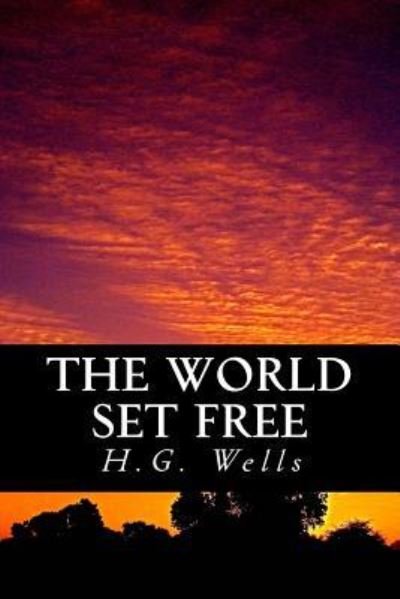
Tell your friends about this item:
The World Set Free
H G Wells
Ordered from remote warehouse
 Christmas presents can be returned until 31 January
Christmas presents can be returned until 31 January

Also available as:
- Paperback Book (2018) € 13.99
- Paperback Book (2017) € 14.99
- Paperback Book (2017) € 14.99
- Paperback Book (2015) € 15.49
- Paperback Book (2016) € 15.99
- Paperback Book (2016) € 16.99
- Paperback Book (2018) € 16.99
- Paperback Book (2013) € 16.99
- Paperback Book (2017) € 17.49
- Paperback Book (2017) € 17.49
- Paperback Book (2020) € 17.49
- Paperback Book (2016) € 17.99
- Paperback Book (2016) € 17.99
- Paperback Book (2017) € 18.49
- Paperback Book (2017) € 18.49
- Paperback Book (2018) € 18.49
- Paperback Book (2017) € 19.49
- Paperback Book (2017) € 19.49
- Paperback Book (2018) € 20.49
- Paperback Book (2016) € 21.49
- Paperback Book (2020) € 23.49
- Paperback Book (2018) € 26.49
- Paperback Book (2024) € 27.99
- Paperback Book (2017) € 29.49
- Hardcover Book (2020) € 36.99
The World Set Free
H G Wells
The World Set Free is a novel written in 1913 and published in 1914 by H. G. Wells. The book is based on a prediction of nuclear weapons of a more destructive and uncontrollable sort than the world has yet seen. It had appeared first in serialised form with a different ending as A Prophetic Trilogy, consisting of three books: A Trap to Catch the Sun, The Last War in the World and The World Set Free. A frequent theme of Wells's work, as in his 1901 nonfiction book Anticipations, was the history of humans' mastery of power and energy through technological advance, seen as a determinant of human progress. The novel begins: "The history of mankind is the history of the attainment of external power. Man is the tool-using, fire-making animal. . . . Always down a lengthening record, save for a set-back ever and again, he is doing more." (Many of the ideas Wells develops here found a fuller development when he wrote The Outline of History in 1918-1919.) The novel is dedicated "To Frederick Soddy's Interpretation of Radium," a volume published in 1909. Wells's knowledge of atomic physics came from reading William Ramsay, Ernest Rutherford, and Frederick Soddy; the last discovered the disintegration of uranium. Soddy's book Wealth, Virtual Wealth and Debt praises The World Set Free. Wells's novel may even have influenced the development of nuclear weapons, as the physicist Leó Szilárd read the book in 1932, the same year the neutron was discovered. In 1933 Szilárd conceived the idea of neutron chain reaction, and filed for patents on it in 1934. Wells's "atomic bombs" have no more force than ordinary high explosive and are rather primitive devices detonated by a "bomb-thrower" biting off "a little celluloid stud." They consist of "lumps of pure Carolinum" that induce "a blazing continual explosion" whose half-life is seventeen days, so that it is "never entirely exhausted," so that "to this day the battle-fields and bomb fields of that frantic time in human history are sprinkled with radiant matter, and so centres of inconvenient rays."
| Media | Books Paperback Book (Book with soft cover and glued back) |
| Released | January 4, 2017 |
| ISBN13 | 9781535264976 |
| Publishers | Createspace Independent Publishing Platf |
| Pages | 102 |
| Dimensions | 152 × 229 × 5 mm · 145 g |
| Language | English |
More by H G Wells
Others have also bought
More from this series
See all of H G Wells ( e.g. Paperback Book , Hardcover Book , CD , MP3-CD and Book )





![Cover for H G Wells · Тоно Бунгей; Tono Bungay (Paperback Book) [Russian edition] (2024)](https://imusic.b-cdn.net/images/item/original/359/9781715674359.jpg?h-g-wells-2024-n-tono-bungay-paperback-book&class=scaled&v=1647826267)

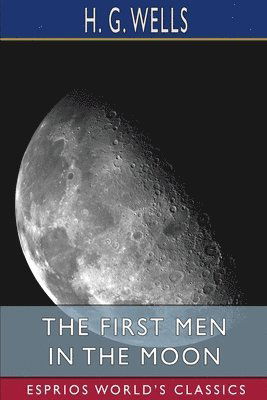

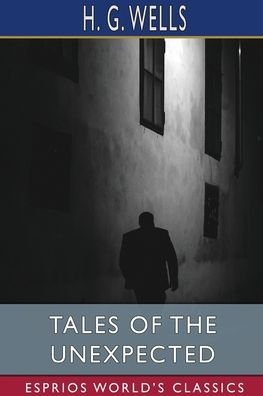
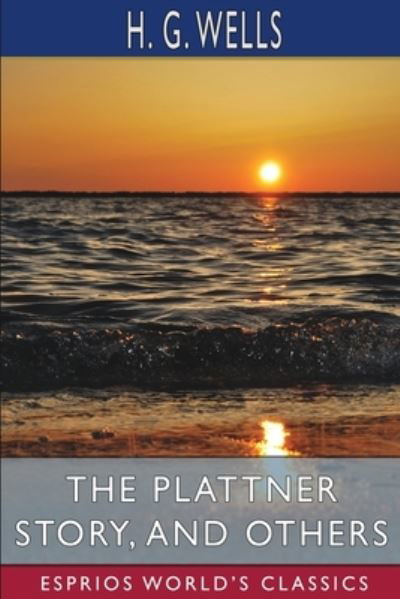
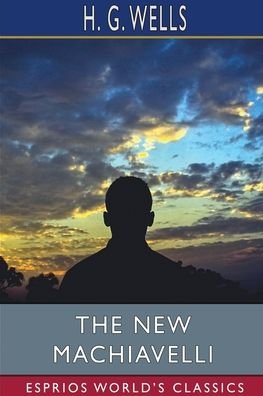

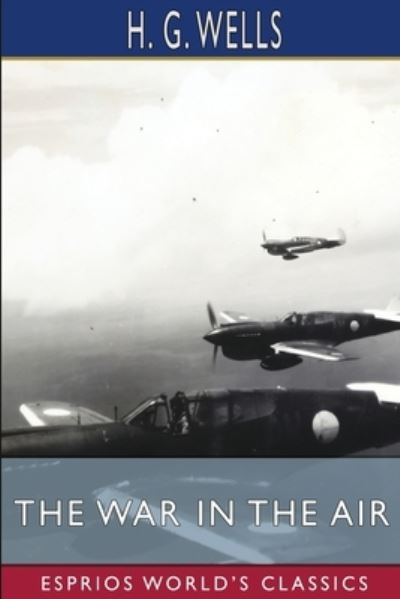
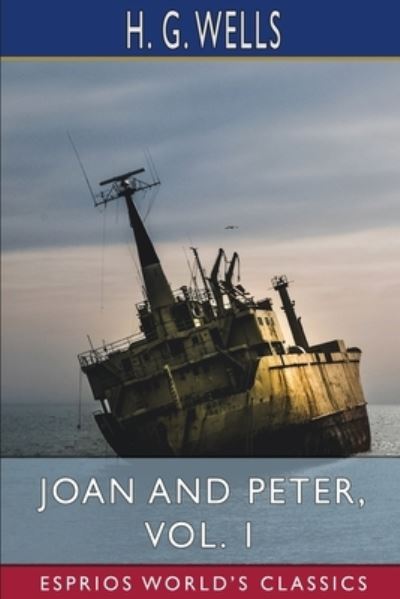
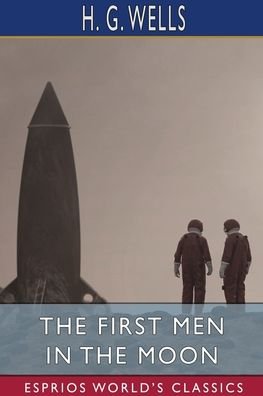
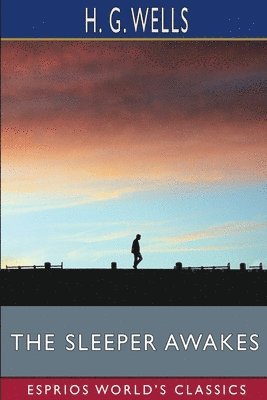
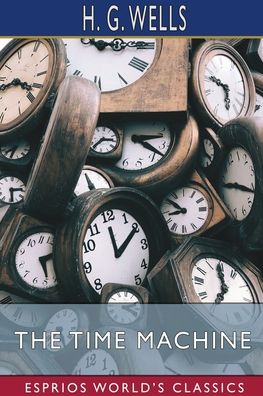
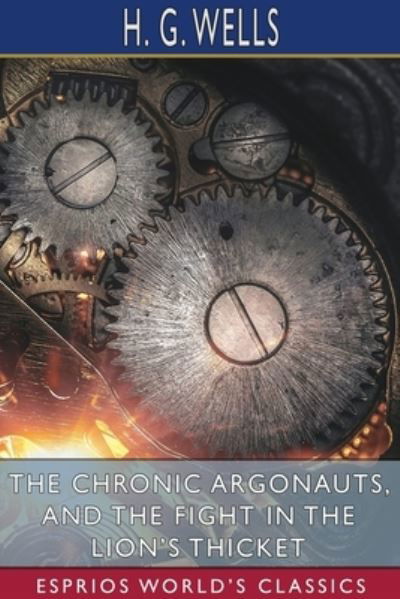
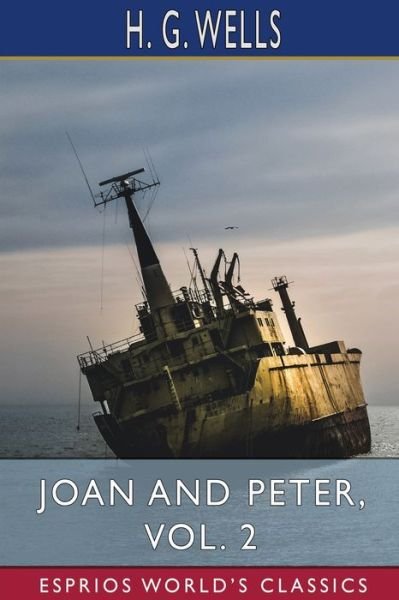
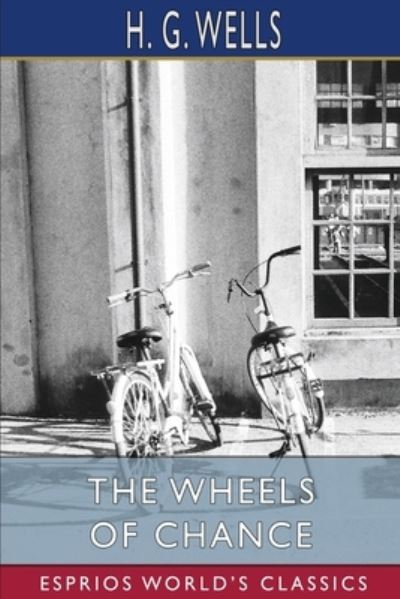


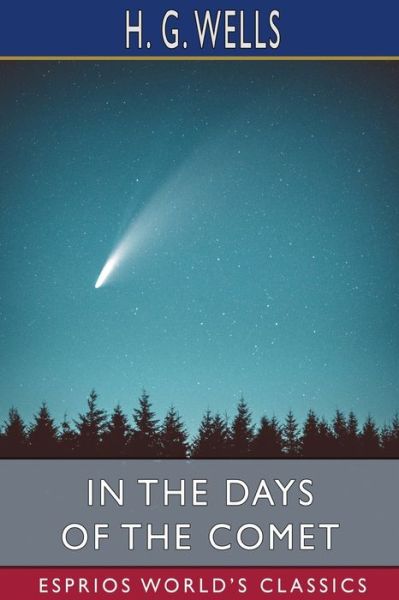
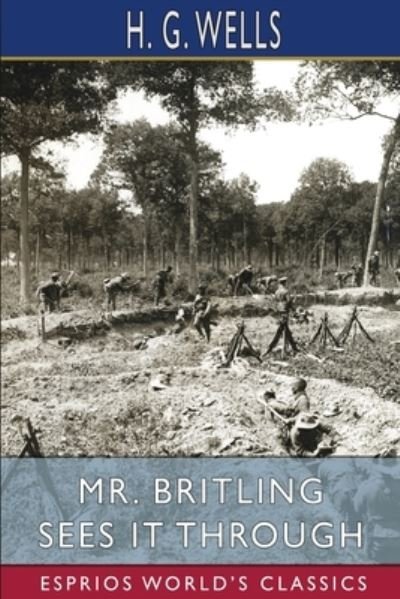
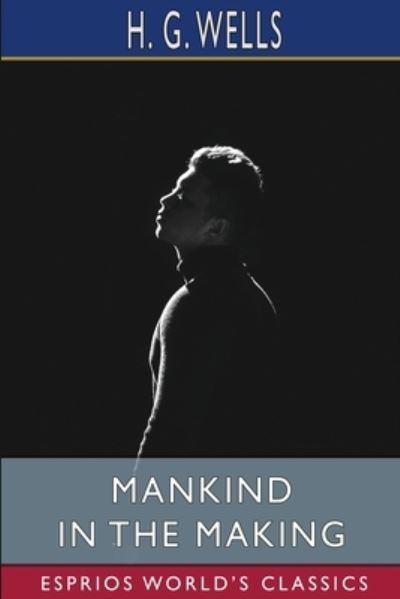
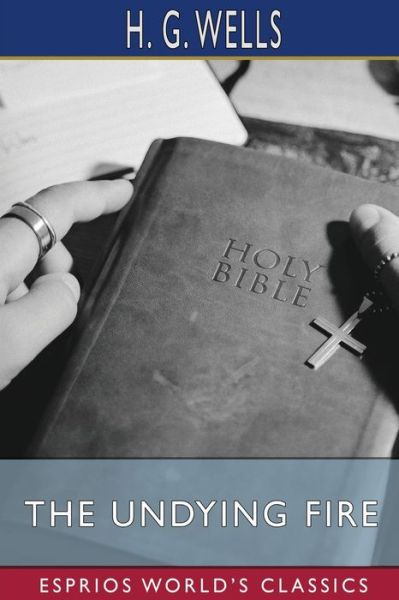
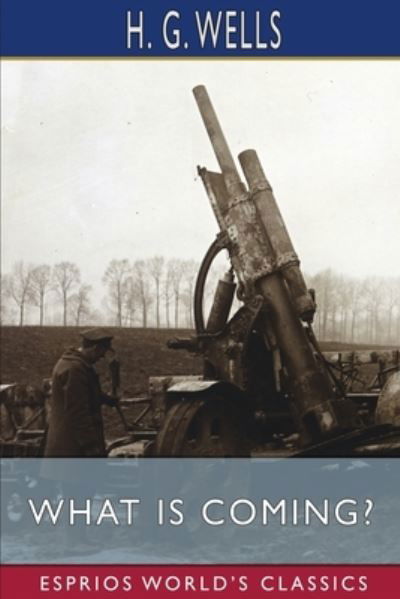
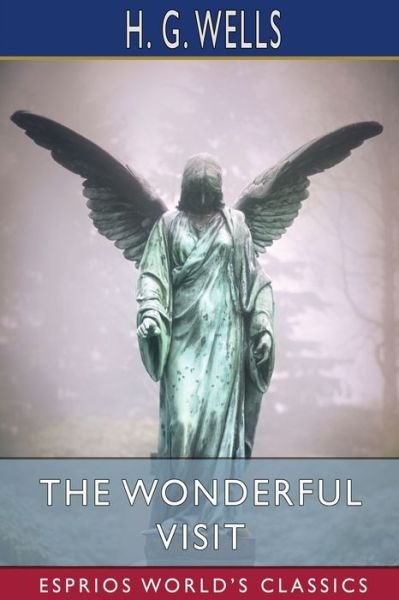




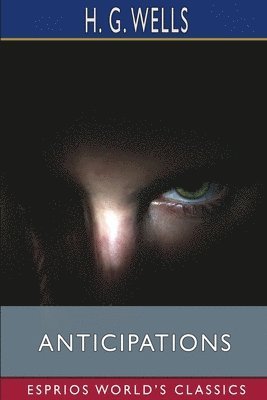

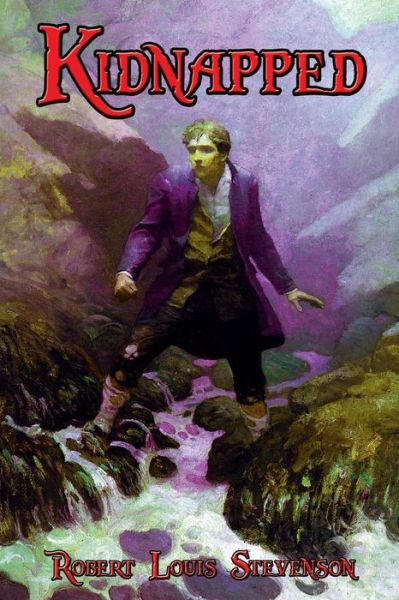
![Cover for Martin Johannes Nordkvist · Bandit (Sewn Spine Book) [3rd edition] (2009)](https://imusic.b-cdn.net/images/item/original/897/9788789929897.jpg?martin-johannes-nordkvist-2009-bandit-sewn-spine-book&class=scaled&v=1486387739)

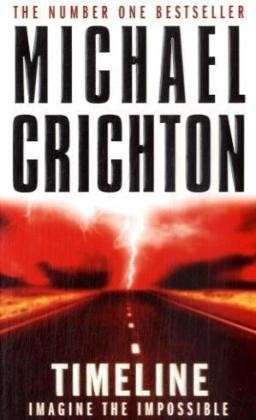
![Cover for William Diehl · Primal Fear (Paperback Book) [New edition] (1996)](https://imusic.b-cdn.net/images/item/original/853/9780099435853.jpg?william-diehl-1996-primal-fear-paperback-book&class=scaled&v=1395467813)
![Cover for Robert Graysmith · Zodiac: The Shocking True Story of the Hunt for the Nation's Most Elusive Serial Killer (Paperback Book) [Reissue edition] (2007)](https://imusic.b-cdn.net/images/item/original/189/9780425212189.jpg?robert-graysmith-2007-zodiac-the-shocking-true-story-of-the-hunt-for-the-nation-s-most-elusive-serial-killer-paperback-book&class=scaled&v=1410266843)
![Cover for Philip K Dick · Minority Report (Paperback Book) [Film Tie-in edition] (2009)](https://imusic.b-cdn.net/images/item/original/207/9780575075207.jpg?philip-k-dick-2009-minority-report-paperback-book&class=scaled&v=1399232757)
